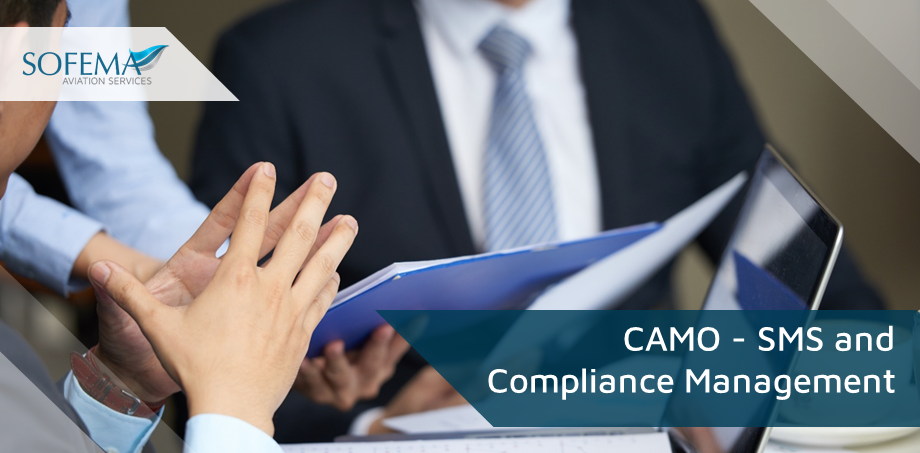When is a Continuous Airworthiness Management Organisation (CAMO) not a CAMO? Well, it’s not a trick question, but as a result of EASA deciding to postpone the changes to Part M (as well as Part 145), there is a difference going forward between a stand alone CAMO and the CAMO which belongs to the Operators AOC obligations.
EASA has announced that there will be no changes now to the SMS system in either a 145 or Stand Alone CAMO before 2017
Consider:
Option a) The Operator manages the whole Continuing Airworthiness Process using its own CAMO
In this option, the CAMO is an integrated part of the Operators Management System and as such is (or should be) fully connected to the Operators Safety Management System (SMS) as well as being internally audited as part of the compliance management process (note that it is only in OPS that we currently call the Quality Manager the Compliance Manager, although in the future it seems that this is the way we are going)
Option b) The Operator has a “minimum” CAMO to comply with the AOC obligations but has chosen to outsource to a “Stand Alone” CAMO as a subcontract relationship.
In this option, there is a problem driven by the disconnect, created by the Stand Alone having a minimal or zero SMS system. To note at this point that Stand Alone does have its own Quality System so the exposure is primarily related to the exposure to risk.
So what does this risk look like:
A general understanding of SMS describes it as a business-like approach to managing aviation safety; whilst this is correct we should recognize that there is a difference between producing a Quality Product (QC) supported by Quality Assurance (QA) and a Safe Product or indeed safe Process or Procedure.
Using the same data and management tools that we use through the mechanism of our Quality System (essentially for ensuring production conformity) meets the intent of or equates to a safety management system, but this is not necessarily the case.
It is the techniques which we use together with the focus which makes the difference between Quality & Safety.
Whilst the Quality System looks for both conformity and compliance with process and procedures and identifies what are essentially discrepancies the Safety Management focus specifically both on contributing factor and the associated influences, which may be related to Human Interface, Organisational Factors and the different elements of safety culture experienced within the organisational environment (for example behaviour associated with risk connected with a violation). The output of the SMS system is a process to analyse all the factors associated with the event incident or issue, to determine a root cause and to make appropriate recommendations for consideration by the business area owner or Post Holder.
What`s more :
Sofema Aviation Services offers both Quality and Safety Training compliant with EASA regulatory requirements please see www.sassofia.com or email office@sassofia.com
Tags:
CAMO, Continuous Airworthiness Management, Quality System, Safety, Compliance Management, SMS





